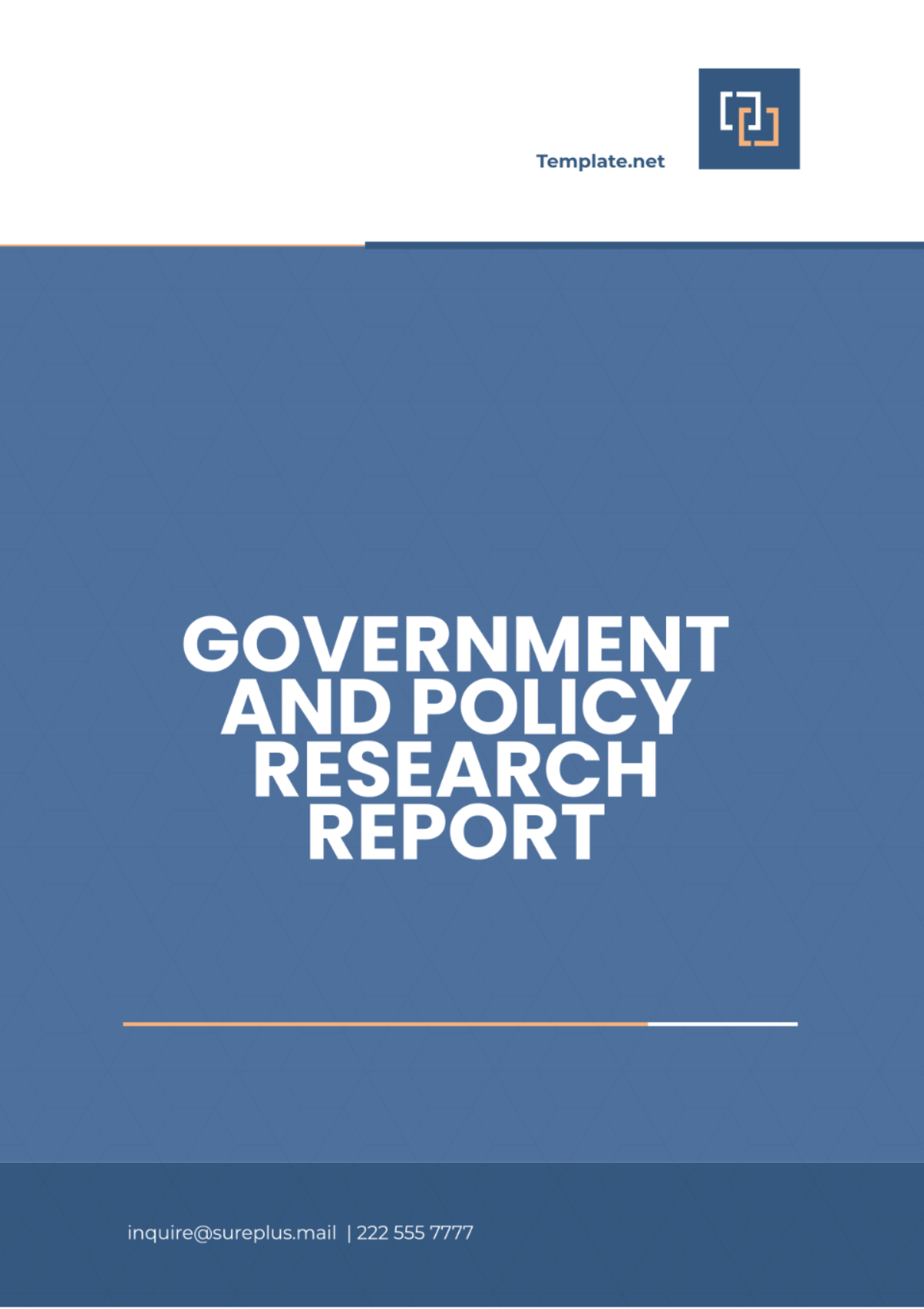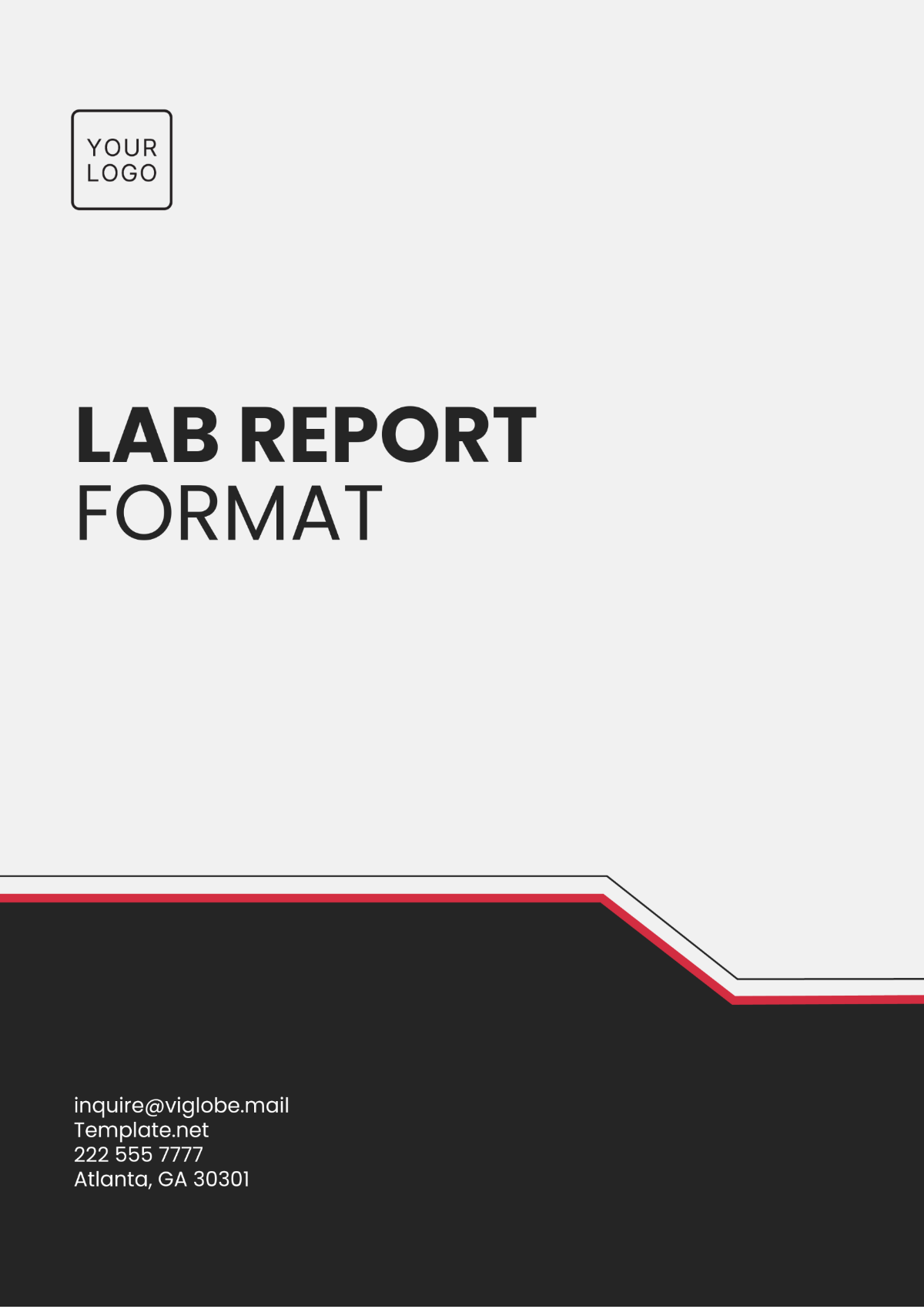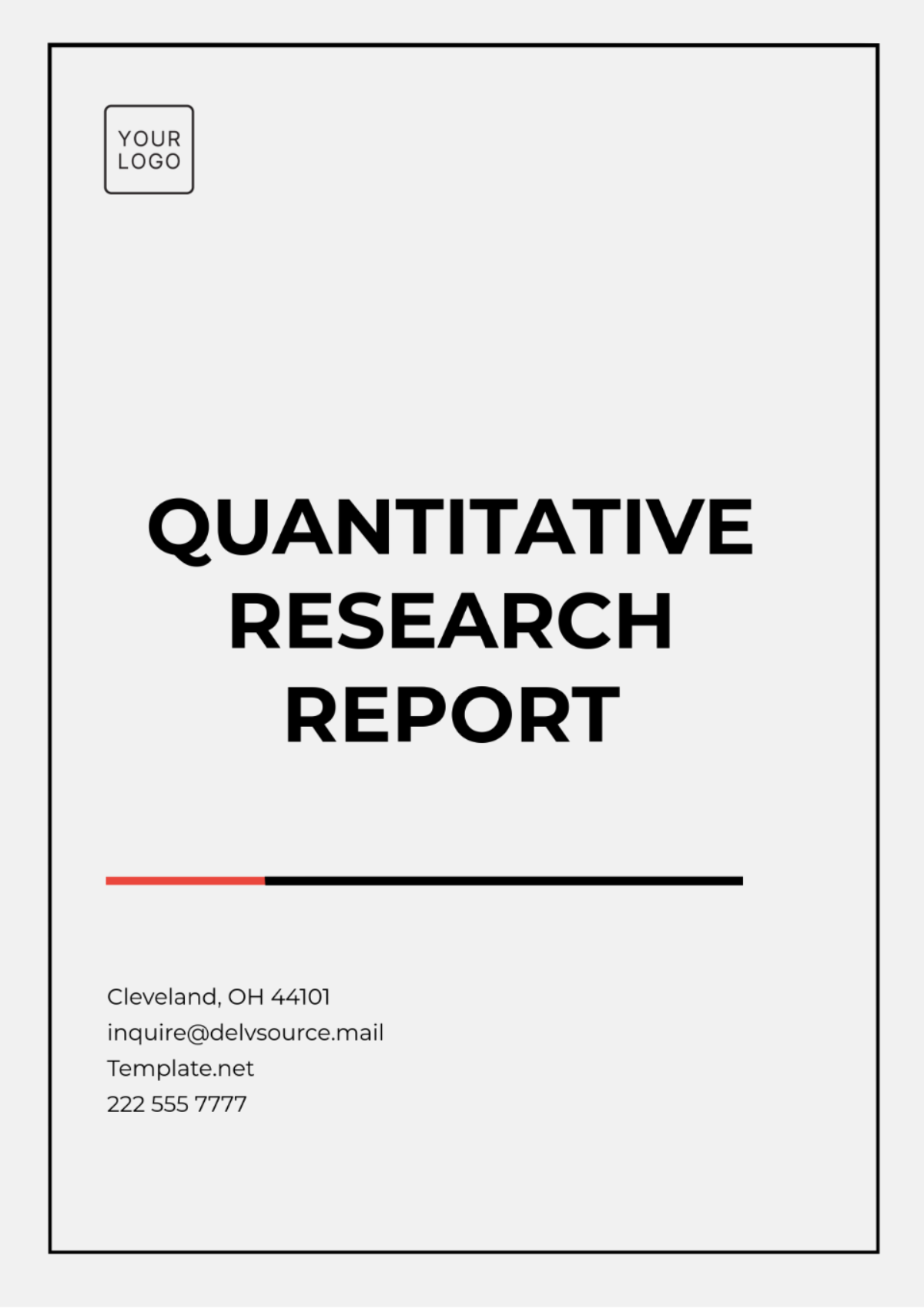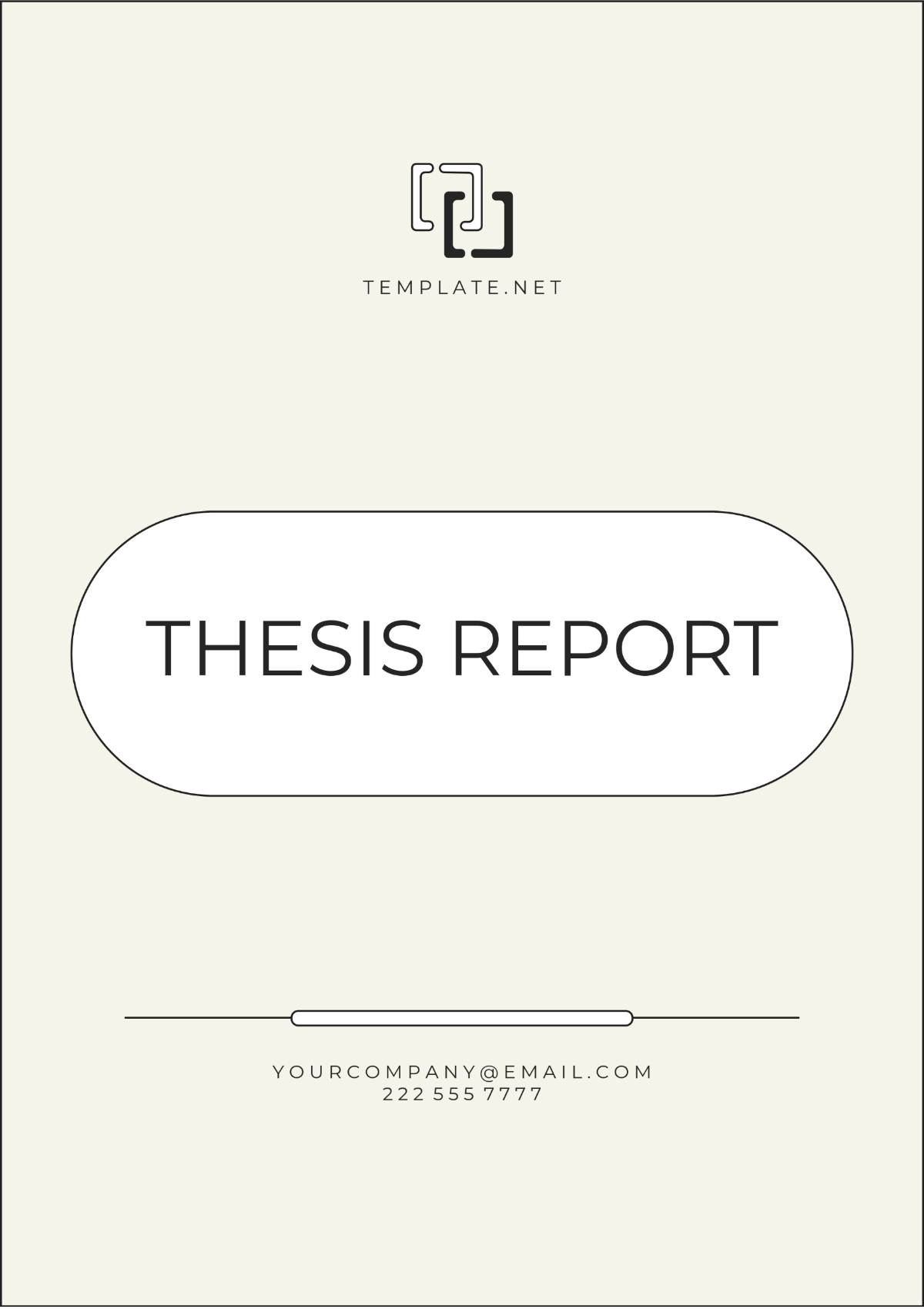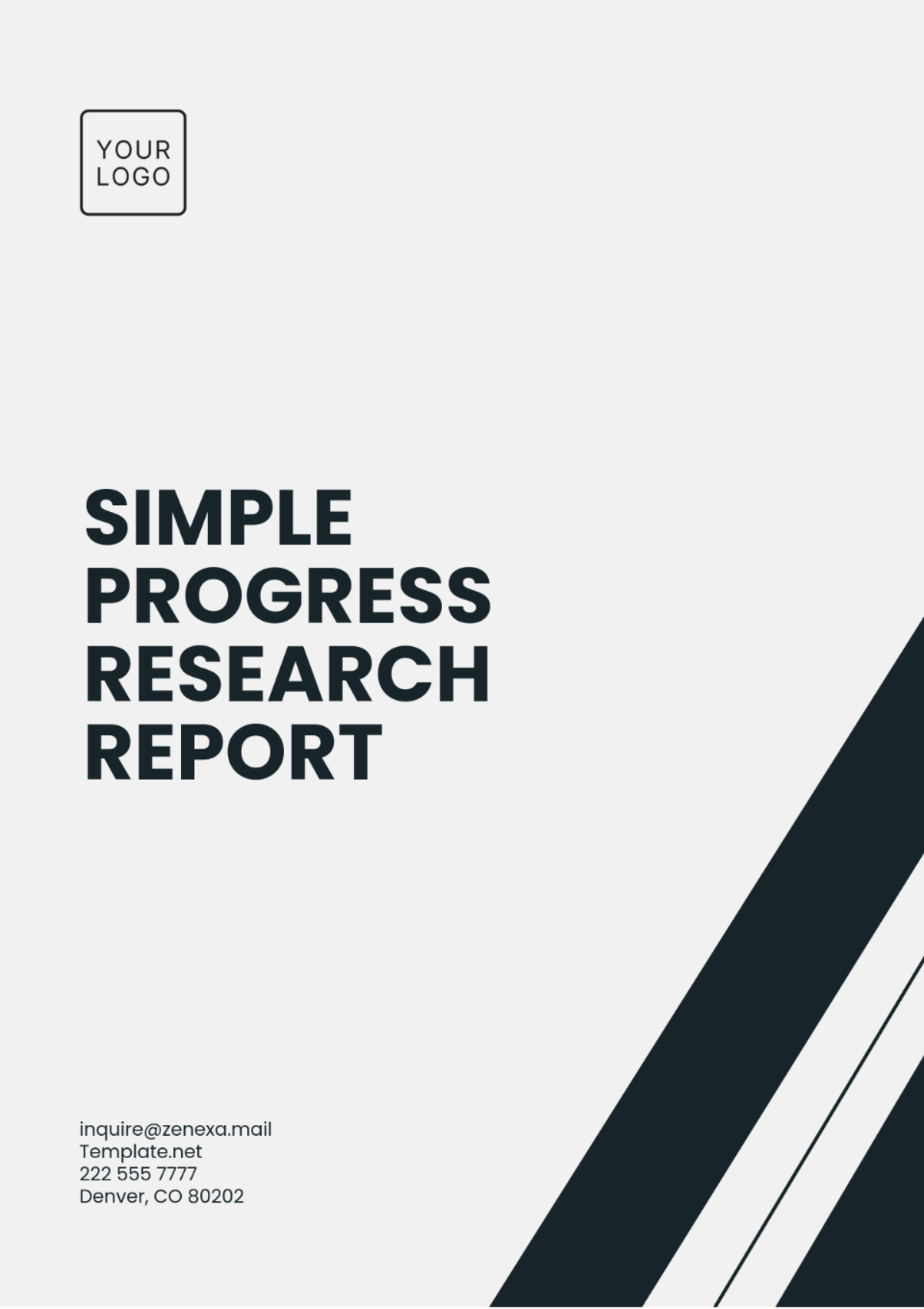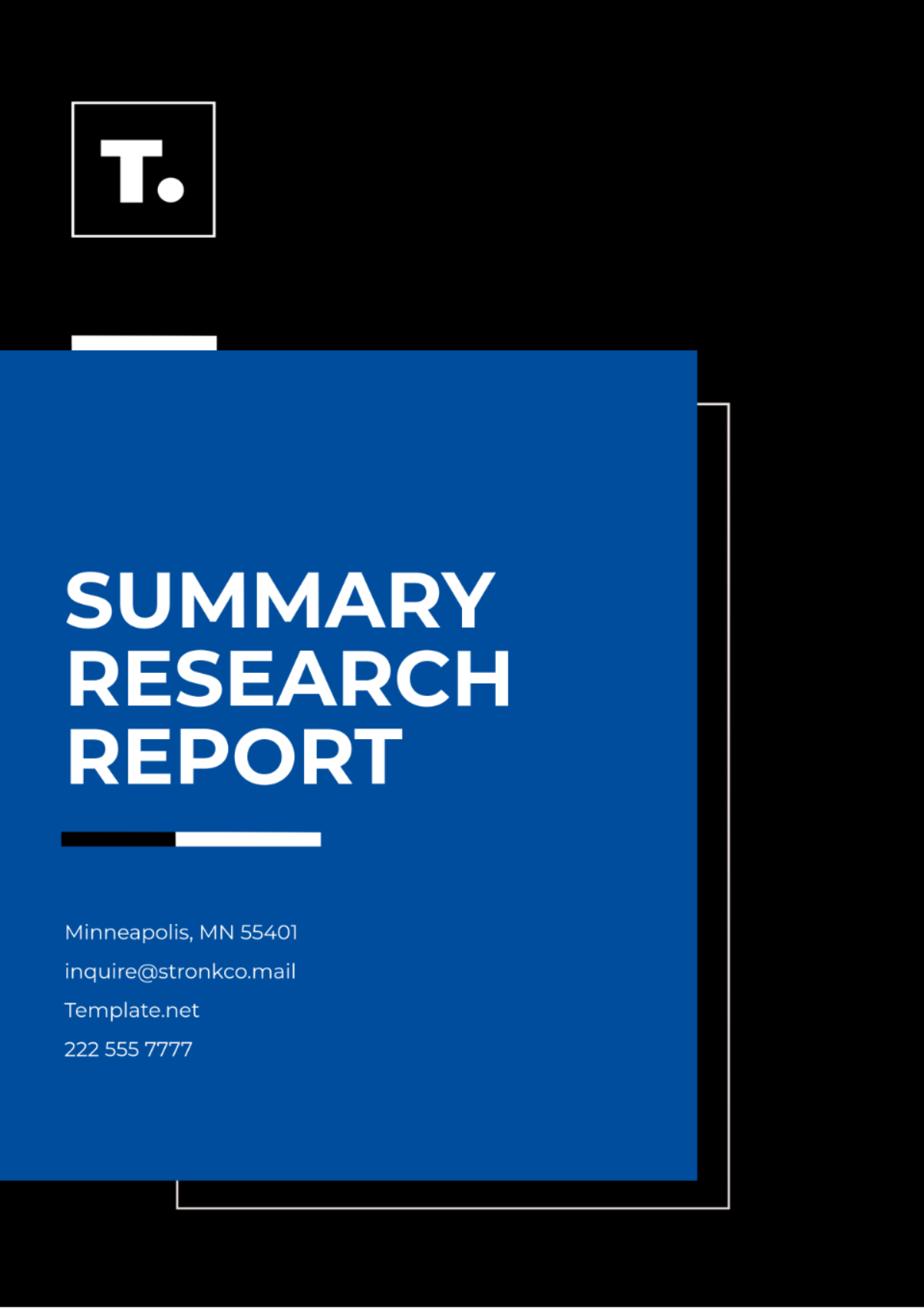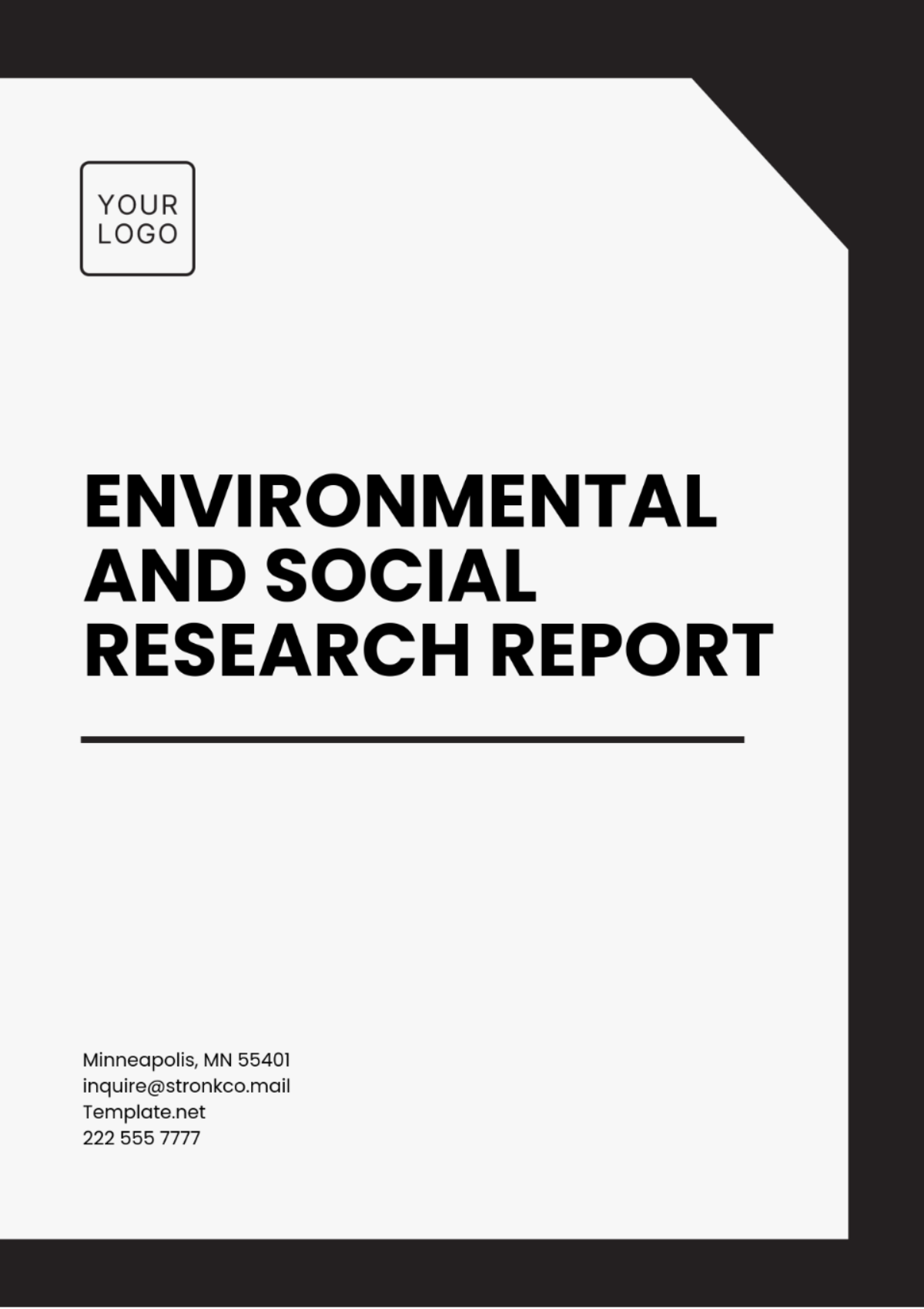RENEWABLE ENERGY LAB REPORT
Title: Investigation of Solar Panel Efficiency in Varying Light Conditions
Name: [Your Name]
Date: [Date]
Abstract
This report presents the findings of an experiment conducted to evaluate the efficiency of solar panels under different light conditions. The study aimed to determine how varying light intensities affect the power output of solar panels. Using a range of light sources and intensities, data were collected on the power output and compared to theoretical predictions. The results indicated that solar panel efficiency decreases with lower light intensities, confirming the hypothesis. The findings provide insights into optimizing solar panel performance in varying environmental conditions.
Introduction
The growing interest in renewable energy sources has highlighted the importance of understanding the efficiency of solar panels under different conditions. Solar panels, or photovoltaic (PV) cells, convert sunlight into electricity, but their performance can vary depending on the intensity of light they receive. This experiment aims to investigate how different light conditions affect the efficiency of solar panels, which is crucial for optimizing solar energy systems.
Literature Review
Previous studies, including those by Johnson et al. (2052) and Lee (2053), have shown that solar panel efficiency is affected by light intensity, angle of incidence, and temperature, with significant drops under low light conditions, corroborating Anderson’s (2051) conclusion of a linear relationship between light intensity and solar panel performance.
Materials and Methods
Materials:
Methodology:
Setup: Place the solar panels under the light source at a fixed distance.
Light Conditions: Adjust the light source to various intensities: 100%, 75%, 50%, and 25%.
Measurements: For each intensity level, record the power output of the solar panels using the multimeter. Measure light intensity with the light meter.
Data Collection: Repeat each measurement three times to ensure accuracy and average the results.
Results
Light Intensity | Power Output (W) |
|---|
100% | 95 |
75% | 72 |
50% | 48 |
25% | 23 |
Graph: Graph showing power output vs. light intensity
Discussion
The experiment demonstrated a clear correlation between light intensity and solar panel efficiency. As light intensity decreased, the power output of the solar panels reduced proportionally. This result is consistent with previous studies and theoretical models, indicating that solar panels are less efficient in low-light conditions. The findings suggest that optimizing solar panel placement and light conditions is crucial for maximizing energy production.
Conclusion
The investigation confirmed that solar panel efficiency decreases with lower light intensity. These results emphasize the need for careful consideration of light conditions when designing solar energy systems. Future research could explore the impact of other factors, such as temperature and angle of incidence, on solar panel performance.
Lab Report Templates @ Template.net



